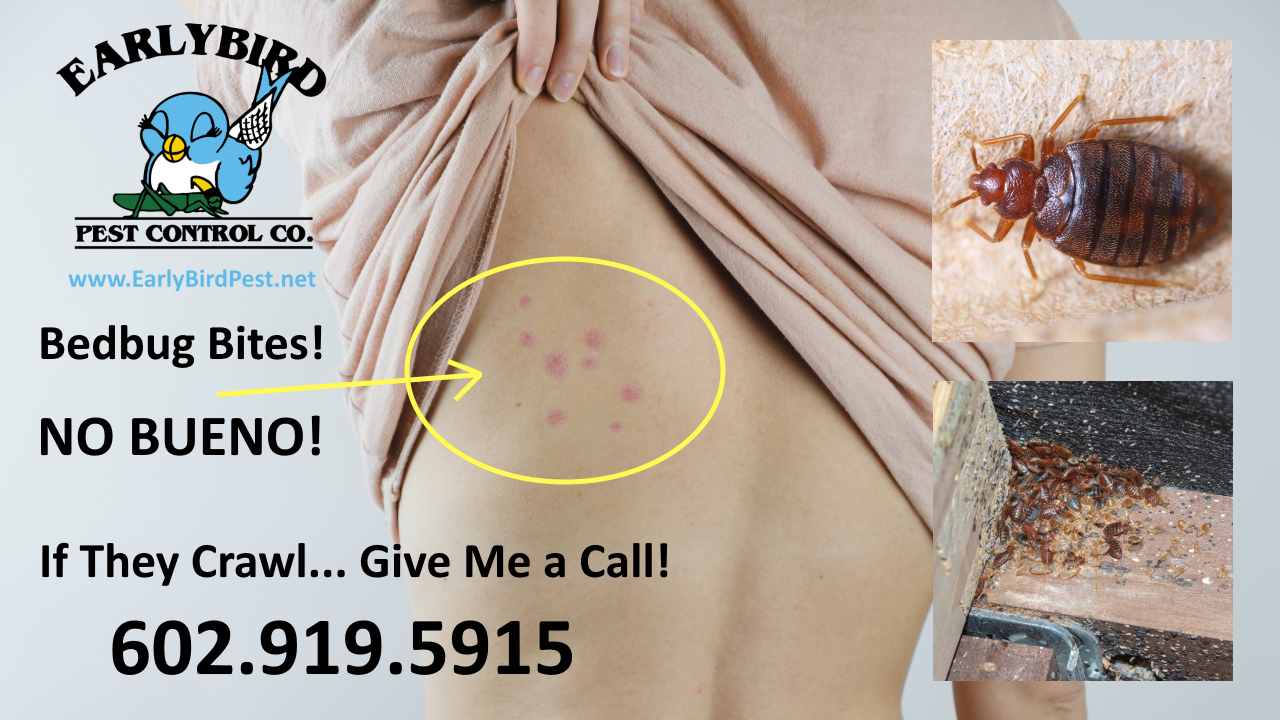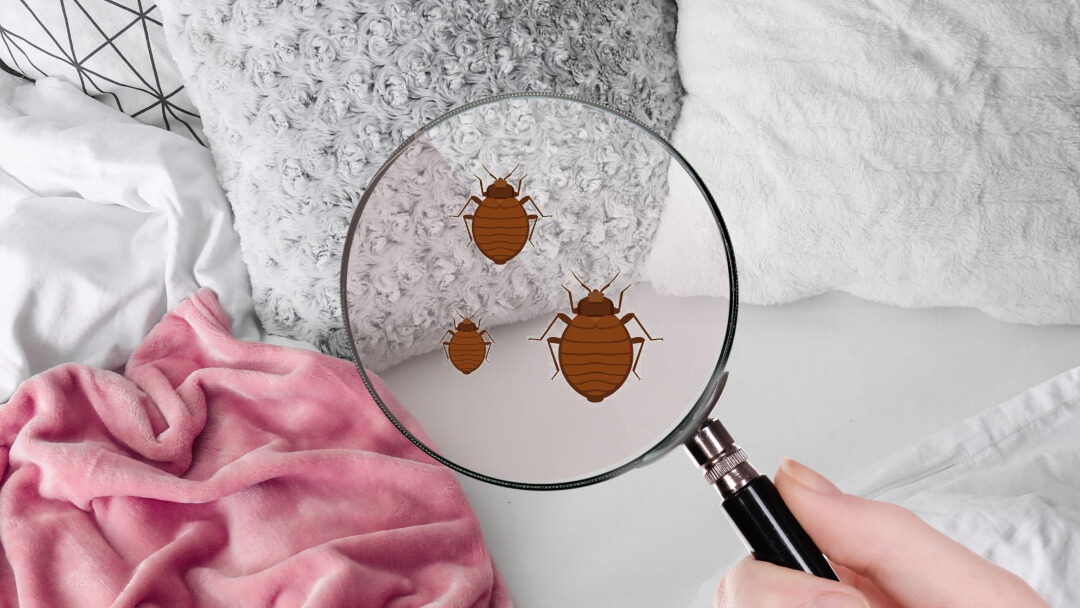Get Informed About the Types of Insect Control Approaches and Their Benefits for Home Owners
Comprehending the various insect control methods offered to home owners is essential for reliable bug monitoring. Home owners who are knowledgeable can make calculated selections that not only address bug problems but likewise improve the general quality of their living environment.
Chemical Parasite Control Techniques
Chemical pest control techniques are a critical part of integrated parasite monitoring strategies for property owners looking for reliable remedies to pest problems. These approaches include the application of chemical compounds designed to remove or discourage parasites that endanger personal effects, health and wellness, and comfort. Typical chemicals used include pesticides, fungicides, herbicides, and rodenticides, each customized to target specific insects.
The main benefit of chemical pest control is its fast efficiency; several formulas provide immediate outcomes, decreasing pest populaces dramatically quickly. Furthermore, breakthroughs in chemical formulas have resulted in products that are more ecologically friendly and have reduced toxicity degrees for non-target organisms when applied correctly.

Biological Pest Control Methods
All-natural insect control techniques have obtained prestige as homeowners look for more secure and more lasting options to conventional chemical techniques. Biological bug control strategies use natural predators, parasites, or pathogens to take care of bug populaces properly. This technique is not just ecologically friendly however additionally minimizes the threat of damage to non-target species, consisting of useful insects and wild animals.
One of the most typical organic control approaches involves presenting natural killers into the atmosphere. As an example, ladybugs can be utilized to regulate aphid populaces, while nematodes target soil-dwelling pests like grubs. In addition, parasitoids-- organisms that survive on or within a host-- can be employed to regulate details bug species by laying eggs inside them, inevitably bring about their death.
One more method is using biopesticides, which are derived from all-natural materials such as bacteria, minerals, or plants (bed bug exterminator). These items can properly target insects while posturing minimal risk to people and pet dogs. Overall, biological parasite control methods give homeowners with an efficient ways of parasite monitoring that straightens with environmental principles, advertising a healthier living setting while lowering reliance on synthetic chemicals
Mechanical Parasite Control Techniques
Mechanical pest control approaches include a selection of techniques that physically stop or eliminate pests without making use of chemicals. These techniques are specifically valuable for house owners seeking ecologically friendly choices while making certain the security of their home.
One typical method is the use of obstacles, such as screens, catches, and nets, which stop parasites from getting in homes or particular locations. As an example, mounting home window screens can properly maintain bugs out, while using physical obstacles around yards can see this page deter larger bugs like bunnies or deer. Furthermore, mechanical catches designed for rodents can catch and eliminate these bugs without the demand for toxic substances.
Another efficient method entails the usage of vacuums and brooms to remove pests directly from surfaces. Regular cleaning and maintenance can dramatically lower parasite populaces by removing food resources and concealing places. In addition, employing devices like ultrasonic pest repellents can hinder numerous parasites via acoustic wave that are undesirable to them yet faint to people.
Social Bug Control Practices
Cultural insect control methods focus on modifying local exterminators near me the setting and administration methods to create problems that are much less favorable to pest infestations. These practices are basic in keeping a balanced environment and decreasing the reliance on chemical treatments. By changing agricultural techniques, house owners can efficiently deter parasites while advertising plant health.
One common technique includes plant rotation, which interferes with the life process of pests by altering the sorts of plants grown in a particular location (bed bug exterminator). This not only minimizes pest populaces but additionally improves dirt wellness. Furthermore, intercropping-- growing diverse plants in proximity-- can perplex insects and lower their capability to situate their preferred host plants
Water monitoring is another crucial facet of cultural methods. Correct irrigation methods can prevent standing water, which functions as a breeding place for mosquitoes and other pests. Preserving sanitation in and around the home, such as frequently getting rid of particles and food waste, can considerably minimize parasite attraction.
Incorporating these cultural methods right into a detailed insect monitoring strategy permits property owners to create an atmosphere that naturally hinders pests, therefore boosting the effectiveness of other control methods while promoting sustainable gardening and landscaping.

Integrated Bug Administration Approaches
Integrated Insect Management (IPM) stands for an alternative method that combines numerous methods to efficiently manage parasite populaces while reducing environmental influence. This approach integrates organic, cultural, physical, and chemical techniques to accomplish sustainable insect control. By examining pest populaces and their all-natural enemies, IPM stresses tracking and identifying bugs before applying control procedures.
One of the core concepts of IPM is the usage of limits, which develop the level of parasite activity that warrants intervention. This ensures that treatments are used only when essential, decreasing the reliance on chemical pesticides. Organic control methods, such as introducing all-natural predators or bloodsuckers, job in conjunction with social practices like discover this crop turning and habitat adjustment to interrupt pest life process.
Furthermore, IPM motivates the usage of least-toxic chemical options when treatment is necessary, prioritizing items that posture minimal danger to non-target microorganisms and the atmosphere. For homeowners, embracing IPM comes close to not just enhances the effectiveness of bug monitoring but likewise advertises a much healthier living environment, promoting biodiversity and reducing chemical direct exposure. Inevitably, IPM encourages homeowners to make educated choices that stabilize parasite control with ecological obligation.
Conclusion
To conclude, understanding the various pest control methods encourages home owners to make enlightened choices relating to pest administration. Each technique-- chemical, biological, mechanical, social, and incorporated parasite monitoring-- uses unique benefits that deal with various requirements and preferences. By picking proper techniques, property owners can effectively take care of parasite populaces while lessening health threats and ecological impacts. This informed strategy adds to a healthier living setting, promoting total wellness for pet dogs and households alike.
Comprehending the numerous pest control approaches offered to homeowners is important for efficient pest administration.Chemical parasite control methods are an essential component of incorporated parasite management strategies for house owners looking for effective options to pest problems. In general, biological parasite control techniques offer home owners with an efficient means of bug monitoring that aligns with environmental concepts, advertising a healthier living environment while decreasing dependence on artificial chemicals.
Social parasite control practices focus on modifying the atmosphere and administration techniques to create problems that are less conducive to pest invasions.In final thought, comprehending the numerous bug control approaches encourages home owners to make enlightened choices regarding pest management.